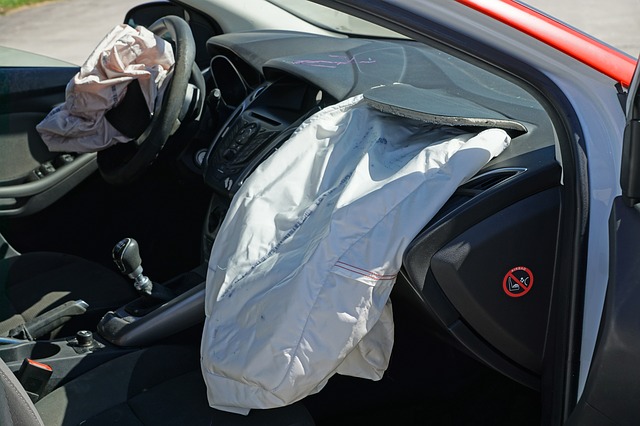They are passive elements that protect us from parts of the car (glass, dashboard, steering wheel) that can cause injuries when the car crashes. However, the number of these elements varies from car model to car model. However, in order for airbag protection to be effective in the event of a collision, seatbelts must be worn. Statistics confirm that this significantly reduces the risk of serious injury or death.

> The emergence of airbags
The first airbag was created by American engineer J. W. Hetrick in 1952 and patented in 1953. Also important was the impact detection sensor invented by A. Breed, without which the airbag would have been incomplete, and it was acquired by Chrysler in 1967 In 1971, the airbag was embedded in the steering wheel of the Ford first automobile, and in 1973 they became standard equipment in some Chevrolet vehicles.
> Airbag construction
It is very simple, and as the English name suggests (air = air, bag = bag), it really is literally an airbag. It consists of a gas generator, a control unit, an impact sensor (accelerometer), and a bag. Together, they form a passive safety function.
>Clarification of airbag functions
Upon impact, the airbag is released within approximately 40 milliseconds and inflates immediately. However, it is not air that fills the airbag, but a product gas composed primarily of nitrogen. This is blown out again (in less than 1 second) in a chemical reaction. Only certain airbags are triggered by a control unit that evaluates the data from the impact sensors. Thus, in the case of a frontal collision, for example, the side airbags may remain closed.

> Other uses of airbags >
Airbags are also used in aerospace, where they are used to land space probes. Airbags were used by Luna 13 and Luna 9 in 1966 to take the first panoramic images of the lunar surface. They were also used on the Mars Pathfinder spacecraft that carried the Sojourner robot to Mars in 1997.





